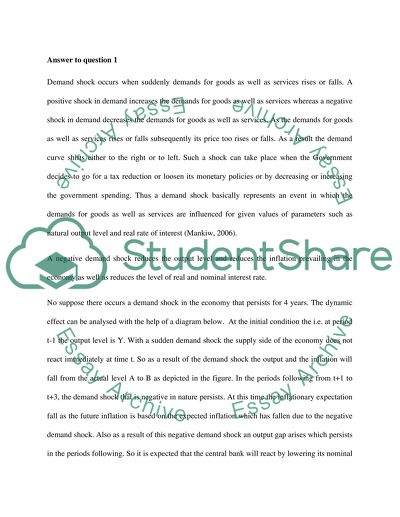Cite this document
(“Demand Shock in Economy Assignment Example | Topics and Well Written Essays - 1500 words”, n.d.)
Demand Shock in Economy Assignment Example | Topics and Well Written Essays - 1500 words. Retrieved from https://studentshare.org/macro-microeconomics/1431734-assignment
Demand Shock in Economy Assignment Example | Topics and Well Written Essays - 1500 words. Retrieved from https://studentshare.org/macro-microeconomics/1431734-assignment
(Demand Shock in Economy Assignment Example | Topics and Well Written Essays - 1500 Words)
Demand Shock in Economy Assignment Example | Topics and Well Written Essays - 1500 Words. https://studentshare.org/macro-microeconomics/1431734-assignment.
Demand Shock in Economy Assignment Example | Topics and Well Written Essays - 1500 Words. https://studentshare.org/macro-microeconomics/1431734-assignment.
“Demand Shock in Economy Assignment Example | Topics and Well Written Essays - 1500 Words”, n.d. https://studentshare.org/macro-microeconomics/1431734-assignment.


